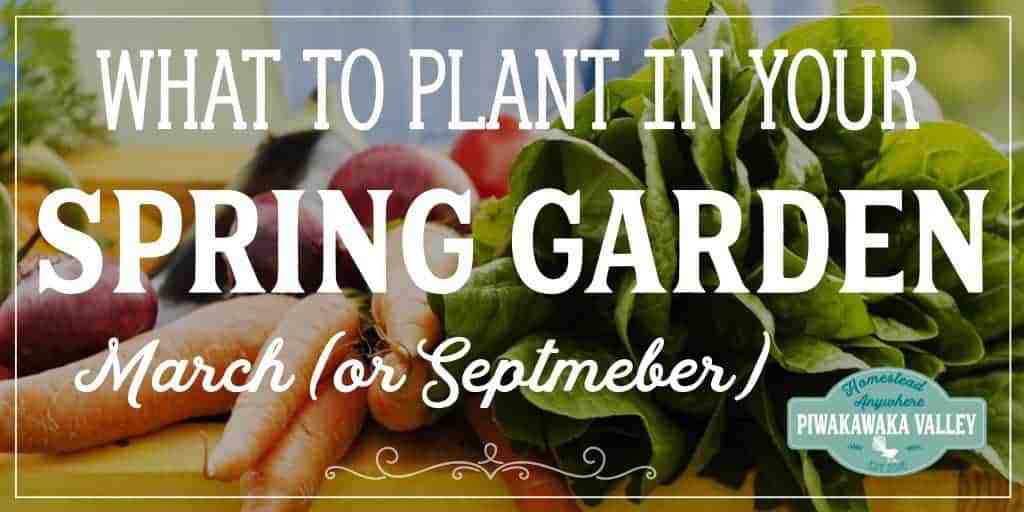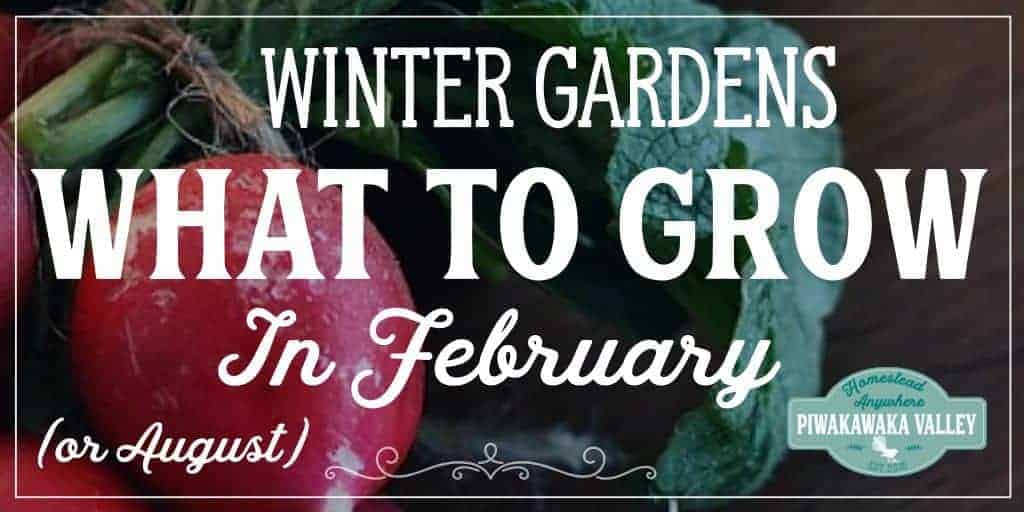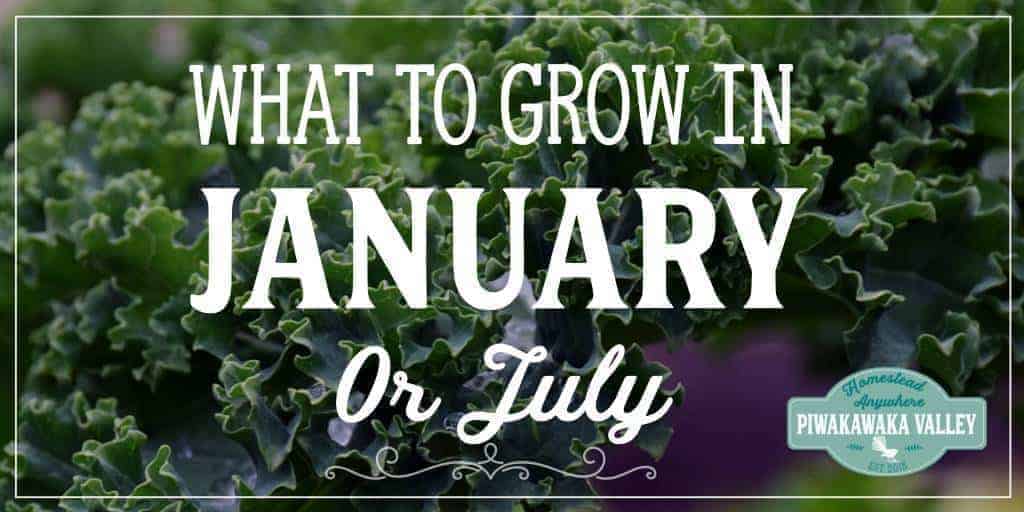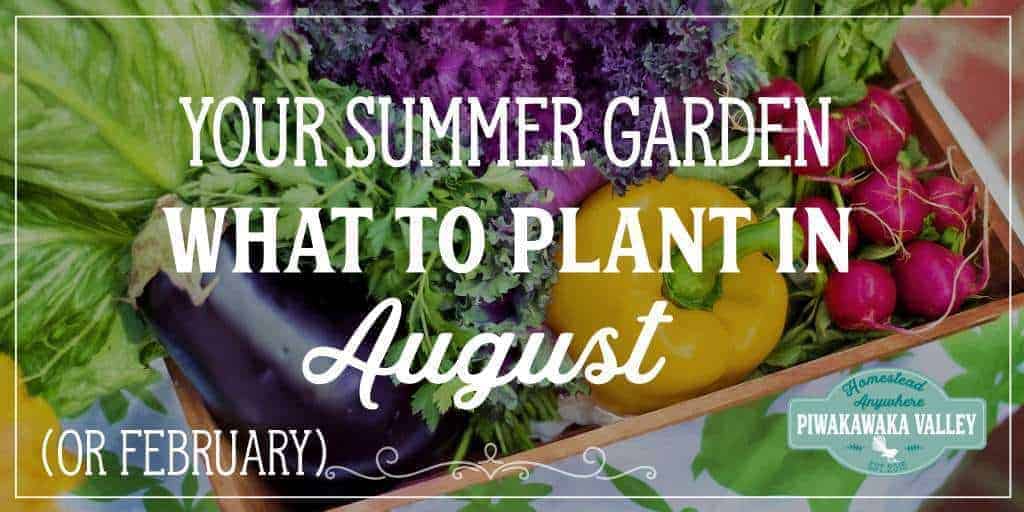This post was most recently updated on January 26th, 2021
Gardening information sure can get a bit confusing at times! You may have a book to follow along with what to plant in the garden week by week. But unless it is written for your specific area, you and your plants will probably struggle if you follow it. Below is a month by month planting guide for each USDA zone.
Please read: This information is provided for educational purposes only and is not intended to treat, diagnose or prevent any disease. We encourage you to make your own health care decisions in partnership with a qualified health care professional.
This post contains affiliate links, this means at no extra cost to you, we make a commission from sales. Please read our Disclosure Statement
However, the first thing you need to find out is roughly what USDA Zone you live in. USDA Zones are divided up based on your area’s average temperatures over the last 30 or so years.
Knowing what zone you are in will ensure you are planting the right plants at the right time of year for optimal success.
Here is a map that you might find useful. You can find another more detailed US map here.
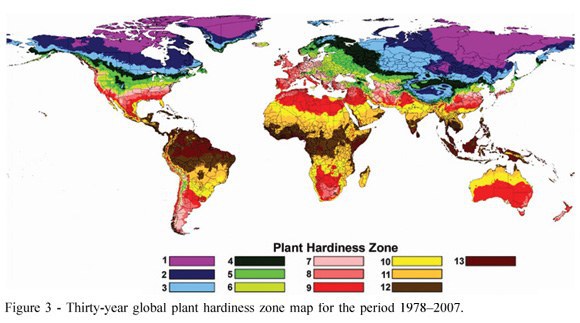
As with many things, zones are a generalization. Your specific site, and even different spots on your site will have their own microclimates that may increase or decrease your zone numbers significantly.
Shady exposed or damp areas will lower your zone number, sunny sheltered spots against brick walls can increase it.
The lists below will give you a starting place to work out what you can plant in your garden in given months but I suggest you start your own garden diary and keep track of what varieties you plant and when.
If you are looking for more information about vegetable gardening, have a good read over our growing a prolific garden information.
Keeping track of what you plant and when and what works well for you is an important key to success.
Different varieties of plants have different heat and cold tolerances, as well as different lengths of time to maturity. Read the descriptions that are on the seed packets carefully.
I recommend using heritage seed varieties when possible – they are often disease resistant and contain more nutrients than commercial varieties which are grown for looks and transportability. Seeds for Generations have a great range of such seeds.
If you live in colder areas, choose varieties named “early” as they tend to have shorter growing seasons and you are more likely to have a mature crop before the weather gets too cold again.
Colder areas will also do better with early tunnels and a glass house or greenhouse for hot weather foods like tomatoes, cucumbers, melons, eggplants, sweet potatoes and peppers.
What to Plant When Series
This is a growing series that will be added to as the seasons arrive this year.
Northern Hemisphere:
June
July
August
September
October
November
December
January
February
March
April
May
Southern Hemisphere:
December
January
February
March
April
May
June
July
August
September
October
November
Our Monthly Gardening Guide for Zones 1-10
Note: I am based in New Zealand, but 90% of my readers are from the USA so the months/seasons are done for the northern hemisphere. For the right one for the southern hemisphere, simply add on 6 months and use that one instead
Please pin and share with friends!
If you would like help getting the most out of your garden, I would love to help you, find out more here
RELATED: Free Gardening Resources
If you like tips on frugal living, self sufficiency and consuming less, sign up to our newsletter below, I would LOVE to have you
For further reading, I also recommend all of these books. I own every one of them and they are amazing resources!





